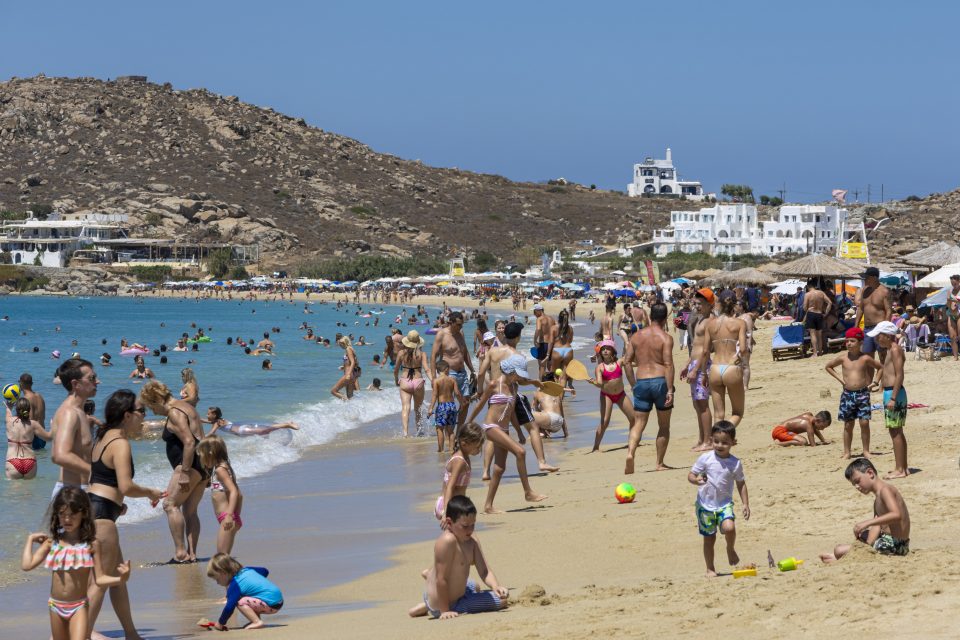
The Italian island of Sicily might have abundant history, but the same can’t be said about its water supply.
Located on Sicily’s southwest coast, Agrigento is home to a prominent Greek monument—Valley of the Temples—and the cliffs of Scala dei Turchi, which attract scores of visitors every year. But now, the region no longer has room for tourists as a water shortage looms.
The ancient underground aqueducts in the city have stood the test of time. However, they’re now dry.
That’s forced locals to slash water consumption by as much as 45% for about 1 million people, CNN reported.
It also means that hotels and guesthouses in Agrigento are refusing tourists as they grapple with the effects of a severe drought that’s also threatening to dry up Sicily’s only natural lake, Lake Pergusa.
If tourists still make the trip to Agrigento, they’ll probably encounter filters on their showers and sinks installed by bed and breakfast (B&B) establishments as a way to save water.
“Today’s problem is the result of a failed water management policy that has been going on for 20 years,” said Francesco Picarella, who heads Agrigento’s Hotel Federation, told CNN. “The hotels that have their own reserves somehow compensate; the B&Bs in the historic center are in extreme difficulty.”
Agrigento’s crisis has made water a precious commodity that even locals struggle to access. Tourism has historically been a key driver for the region. But the twin forces of an uptick in interest amid water scarcity have left Sicilian cities dwelling on managing an inflow of visitors.
The unique case of Italy
While climate change is an overarching phenomenon, some factors impacting Italy are unique. It is more vulnerable to hydrogeological risk, which impacts how its rainwater reaches the ground and fills aquifers. Italy still leans on its agri-food system to fuel about 15% of its GDP, which also stands to lose the most from extreme weather conditions.
Even across Italy, there’s a disparity in how regions are impacted—with the likes of Sardinia and Sicily among the most vulnerable.
Sicily has been at the center of climate change-related developments, having faced record-high heat in 2021. A key region for olive and citrus fruit agriculture, the water shortage has hurt its local economy just as it has impacted tourism. Elsewhere in Italy, drier weather has meant little snow and an ever-shrinking window to ski in the winter.
Italy's situation has real economic consequences, and it could continue getting dire. According to a G20 report, the frequency of droughts could rise 35% by 2050 and result in a 3.7% loss in GDP. The country’s central bank recognized the risk that Italy faces in a 2022 study in the coming decades.

Italy’s climate misery has company
The unfortunate reality is that Italy has company across Europe. Greek islands like Naxos also face climate change that dries up lakes and reservoirs, complicates irrigation, and threatens tourism.
That coincides with the peak summer season when visitors eagerly flock to the country to soak up some Greek sun—something local authorities are trying hard to limit.
Parts of Spain also see a similar trend, with locals and tourists tussling over water use. Hotels are capping water usage to 100 liters per bed a day in response to the scarcity, while residents are trying to balance water consumption with sustaining their livelihood tied to agriculture.
With a complex web of climate and travel trends afoot, one thing is clear—how tourism has been done all these years is not sustainable. So, how governments and businesses alter their approach with a mix of new policies and creativity could determine how people experience Europe’s most loved tourist destinations.







